Reading Comprehension Text and Exercises
The Oldest Cities in the World
As agriculture developed, people produced surplus food, and trade became an everyday activity. Most historians believe these trends in agriculture are responsible for the birth of cities. Yet, some think cities were first built for defense reasons. In either case, there are several cities in the world which have continuously been inhabited for thousands of years.
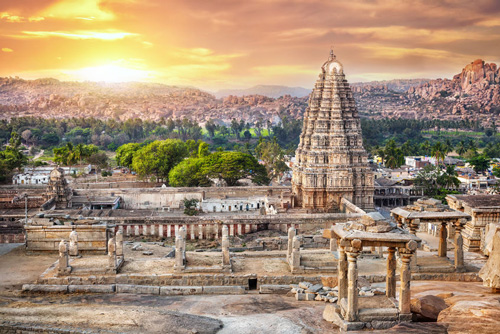
Click Here for Step-by-Step Rules, Stories and Exercises to Practice All English Tenses
A Brief History of Cities
- The English word "city" came through Old French, and has roots in Latin civitas, which means "citizenship". The influence of the Greek word polis, meaning "city", can be noticed is English words such as "metropolis" (a really large city).
- Some of the earliest cities developed 4000-3000 BC, as civilizations in the Middle East, India and China flourished. Some, like Mohenjo-daro in Pakistan, were very densely populated, so they had to develop complex system to keep the city sanitary.
- In the Middle Ages, some cities like Venice and San Marino took control over surrounding villages and became powerful city-states.
- The growth of modern industries led many people to migrate from rural areas to cities, which brought about the rise of megacities, places with over 10 million people.
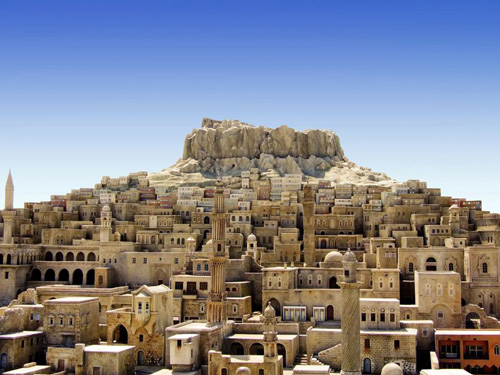
Jericho, Palestinian Territories
Through its ancient archaeological sites, Jericho tells countless stories about the history of humans. Not only is this the city with the oldest wall, built around the first community 10,000 years ago, but it is also mentioned in the Hebrew Bible as the "City of Palm Trees".
Jericho's Arabic name Ariha means "fragrant". In the beginning, the indigenous populations lived alone in an agricultural community, but slowly, different groups of nomads joined them.
This city has had a turbulent history ever since, yet it remained continuously inhabited. Nowadays, several Christian pilgrimage sites located in the city make Jericho a popular tourist destination.
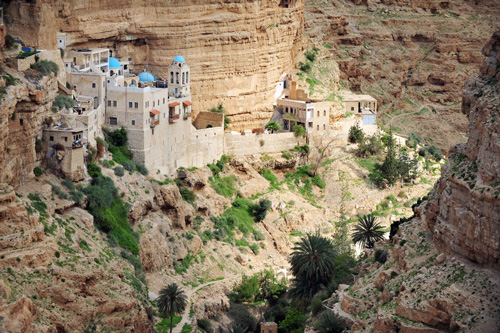
Byblos, Lebanon
People have been living in Byblos for more than 8,000 years. An ancient myth suggests that this city, lying on the coast of the Mediterranean Sea, was built by Greek god Cronus.
The earliest records show that the city was in fact called Gubal. The Greek name Byblos was most probably adopted because papyrus (paper), which was imported through this city, was also called byblos in Greek. (That is why biblion in Greek means "book", and it is also the origin of the English word bible.)
Byblos was a small fishing village at first, but as trade increased, it became an important shipping port. Although destroyed numerous times, Byblos still has remnants of its ancient history, particularly its temples, to offer to curious tourists, many of whom also find it to be a great beach destination.
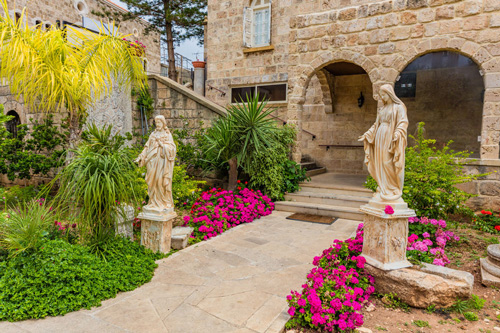
Luxor, Egypt
Luxor's name derives from the word al-uqsur, which in Arabic means "fortifications". Indeed, Luxor is so rich in temples, monuments and ruins of ancient buildings, some of them dating back to 3000-2000 BC. For this, this city on the Nile River is described as the greatest open-air museum in the world.
Before it was named Luxor, this city was the site of Thebes, the ancient capital of Egypt. During the New Kingdom period in Egypt's history, most rulers decided to be buried in the Valley of Kings, near Luxor.
This is where the extremely well-preserved tomb of King Tutankhamun was discovered in 1922. The second largest ancient religious site in the world, Karnak, was built during this period and is now a major tourist attraction in Luxor.
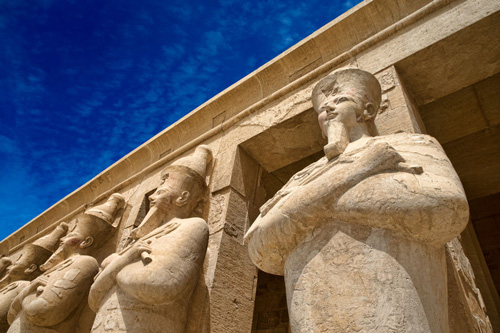
Athens, Greece
The capital of Greece has been inhabited for more than 7,000 years. An ancient myth suggests two Greek gods Poseidon, god of the sea, and Athena, goddess of wisdom, fought about who would become the protector of a new city.
While Poseidon offered a sea water spring to the people, Athena gave them an olive tree, so the people chose to name the city after her.
The hill of Acropolis, where the world-famous temple of Parthenon is still located, was where the Mycenaeans, a small community that originally inhabited Athens, built their fortress.
During its long history, Athens witnessed the peak of the ancient Greek civilization, having been home to some of the greatest thinkers and writers who forever changed the course of history.

Jerusalem, Israel
The Old City of Jerusalem, a fortified area located in the center of the modern-day Jerusalem, is one of the oldest continuous human settlements in the world.
The recorded history suggests that in the 11th century BC, King David took over Jerusalem and made it the capital of his kingdom. There had been small communities living on the site prior to King David's arrival.
Under Solomon, King David's son, the city walls expanded and the place became highly prosperous. Throughout history, the city had been repeatedly conquered by, among others, Alexander the Great, the Romans and the Muslim armies, all of whom built important religious structures in the city.
Due to these incredible events, today the Old Jerusalem is the place where people of different religions come together to pay their respects to their holy sites.

Comprehension Exercises
Vocabulary Questions
- What does "nomads" mean?
- people who build ships
- people who sell papyrus
- people who are constantly on the move
- What does "sanitary" mean?
- sacred, holy
- hygienic, clean
- growing fast
- What does "fragrant" mean?
- divided
- sweet-smelling
- fortified
- What does "tomb" mean?
- burial place
- bronze object
- large pillar of a temple
- What does "trend" mean?
- old rule
- general development, change
- historical fact
Collocation Questions
- Nowadays, people migrate from rural _________ to cities.
- areas
- zones
- sectors
- Several Athenians changed the _________ of history forever.
- flow
- track
- course
- People come to Jerusalem to _________ respects to the holy sites.
- leave
- pay
- give
- Tutankhamun's tomb was extremely well _________.
- saved
- conserved
- preserved
- The _________-day Jerusalem is much larger than the Old City.
- modern
- current
- new
- Byblos has been _________ inhabited for thousands of years.
- steadily
- continuously
- progressively
- Athens witnessed the _________ of ancient Greece.
- peak
- tip
- top
- Cities developed as people produced _________ food.
- spare
- additional
- surplus
- Villages were often _________ control of city-states.
- over
- under
- of
- The _________ of cities may also be linked to military reasons.
- design
- delivery
- birth
Wh Questions
- How did Greeks make a connection between papyrus and Byblos?
- papyrus was invented in Byblos
- they imported papyrus through Byblos
- Byblos had the most expensive papyrus
- Why were Poseidon and Athena fighting?
- because they hated each other
- because they were in love
- because of a city
- Which city was the ancient capital of Egypt?
- Thebes
- Karnak
- Jerusalem
- Where is Jericho referred to as the "City of Palm Trees"?
- in the ancient Roman archives
- in a Greek poem
- in the Hebrew Bible
- Who expanded the city of Jerusalem?
- Solomon
- Tutankhamun
- Greek gods
Evaluating Statements
- Based on the information in this lesson, which statement is true?
- Jericho has only been inhabited by indigenous populations.
- Jericho had been inhabited by indigenous populations until nomads came.
- Based on the information in this lesson, which statement is false?
- King David conquered Jerusalem.
- King David established the first settlement in Jerusalem.
True or False?
- Based on the information in this lesson, is the following statement true or false?
"According to a myth, Byblos was built by Poseidon." - True
- False
- Based on the information in this lesson, is the following statement true or false?
"Many great philosophers and historians lived in Athens." - True
- False
Answer Key
1. C | 2. B | 3. B | 4. A | 5. B | 6. A | 7. C | 8. B | 9. C | 10. A | 11. B | 12. A | 13. C | 14. B | 15. C | 16. B | 17. C | 18. A | 19. C | 20. A |21. B | 22. B | 23. B | 24. A
Get Updates, Special Offers, and English Resources
Download your FREE GIFT (the first two chapters of
English Short Stories Book and Workbook)
as soon as you join!

By submitting your email, you consent to receiving updates and newsletters from us and to the sharing of your personal data with third parties for the purposes of sending you communications. We will not spam you. You can unsubscribe at any time. For more information, please see our privacy policy.





